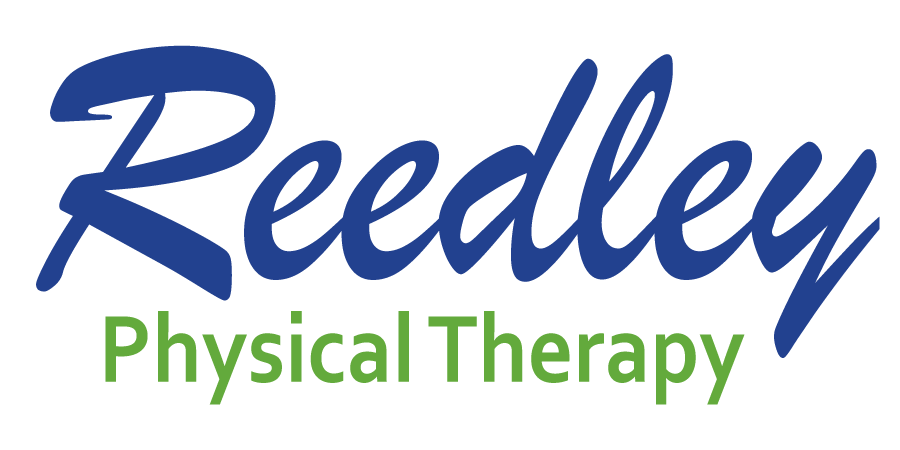Movement is Medicine: Why has life expectancy dropped in the U.S.?
For the first time in nearly 25 years, the average life expectancy in the United States has dropped. This is not good news, of course, but it is important to take note of as it reverses a quarter of a century of an upward trend. Given the steady improvement in technology, medical treatment and therapies, it has been thought that life expectancy would continue to increase — potentially indefinitely — but this disruption, however, has medical experts everywhere rethinking that hypothesis.
The actual drop in expectancy was small, just .1 years or roughly 36 days for women and .2 years or 72 days for men; and spanned nearly all measured categories. Mortality associated with cancer, however, was one category in which life expectancy did not decline, which is the silver lining to this story, if there is one.
There are varied ideas as to why we have seen this change, but many physicians point to the basics when it comes to explaining these results. As the biggest increase in death rates were associated with obesity, heart disease and diabetes — all of which are associated with lifestyle and are highly preventable — researchers point to a poor diet and decreased activity in general as the primary culprits.
Others have postulated that the general dis-health of younger Americans is finally starting to show up in the statistics, as the biggest increase in mortality, age wise, was associated with people 65 and younger, in fact, those 65 and older continued to see a general improvement in average life spans.
Many of the articles we have written, and that have been published here, can be used as a road map to avoiding this statistical fate. But to review, it must be noted — even shouted from the rooftops — that so much can be done to improve not only extend the duration of one’s life, but the quality of that life as well. Regardless of genetics, pre-existing injuries, or socio-economic status, we all have the control to strongly mitigate the primary causes of premature death.
To simplify the variety of things that can be done, let us create four categories of our own — each of which lend themselves to specific action that can be taken to benefit us all.
- Physically: Nearly every article we write discusses some physical change that you can make that will positively affect overall health and wellness. Taking a walk, stretching more, joining a gym, etc., are all general recommendations that are associated with larger than expected benefits. If you are having trouble getting active, however, get into your local physical therapist; they will be able to make specific recommendations and help eliminate any obstacles to getting you moving.
- Dietary: Some of the most widely recognized recommendations with respect to diet include reducing sugar and carbohydrate intake. If you simply reverse the most recognizable food pyramid upside down, it very closely matches the most current recommendations with respect to dietary habits; meaning what you should be eating the most are fruits and veggies and carbohydrates the least, with protein and fats mixed in between.
- Socially: Companionship is the standout recommendation in this category as everything from getting a dog to joining a social club or church group has been statistically proven to significantly increase life span and quality of life.
- Cognitively: The latest science with respect to preserving cognition into our later years focuses on the importance of variety of habits and activities. Try to learn something new every few months. If you are in the habit of doing crossword puzzles, try Sudoku, if you speak a language, try learning an instrument. The point is to always challenge yourself by doing and learning something new – this has been proven to maintain and improve cognition and prevent diseases associated with dementia and Alzheimer’s.
Even if you pick one or two changes, from any one of these categories, you will see a benefit. The moral of the story is that you are in control, you can make the decisions that can give you a long and healthy life, and you can reverse this trend.
Dr. Chris Telesmanic is a Doctor of Physical Therapy at Alliance Health in Fresno. He will be happy to answer questions submitted to chris@reedleyphysicaltherapy.com. Learn more about movement, fitness and health in this space each week, on our Facebook page, by going to www.alliancehealthfresno.com, or calling 478-5833.
This article first appeared in the Hanford Sentinel, Movement is Medicine column, written by Alliance Health.


